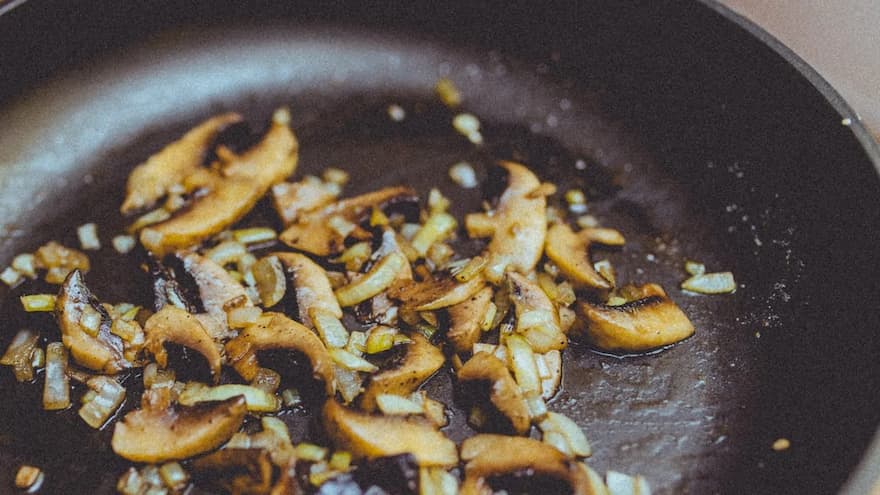When most people think of Indian food, their thoughts immediately turn to the opulent spices and their rich, aromatic flavours. Traditional Indian cooking is renowned for its liberal use of spices to flavour food. One method for enhancing the flavour of the dish is "tempering." This potent method not only improves flavour but also draws out the nutritional and therapeutic properties of the utilized spices.
Tempering is known as "tadka" in Hindi. Although the method is the same, some recipes call for adding the tadka at the beginning while others call for it at the end. Depending on the recipe, butter, ghee, or oil is heated in a very straightforward method. Mustard and cumin seeds are the most widely used spices. Other spices include pepper, bay leaf, carom seeds, ginger, garlic, cloves, cinnamon, and cinnamon. Each spice has a distinct and rich flavour of its own. A certain mixture creates delicious aromas and flavours.
Most Indian foods are prepared by slowly cooking them over a low flame in order to improve their flavour. Every food item has an own cooking method and spice mix. To achieve the ideal flavour, these spices are cooked in a particular order. Additionally, depending on the dish, each spice requires a distinct cooking method. Some spices are roasted in clarified or regular butter, oil, or both. While some are boiled with water, milk, or cream, others are ground and added to the dish as a powder or paste. All of this serves as the tempering's setup phase.

When heated, fats like butter, ghee, or oil have an extended and more effective ability to release and hold the flavours of the spices, making them ideal for tempering. Tadka is sometimes used as a garnish in recipes.
Indian cuisine's history has always included the tempering method. Asafetida, which is occasionally used as one of the components in tempering, mainly in South Indian recipes, is said to stimulate appetite with its scent. Without a doubt, spices improve flavour and taste while also promoting better digestion. Pepper, cumin, cardamom, cinnamon, saffron, and other spice powders are examples of spices, but there are many others as well. Bay leaves, coriander, fenugreek leaves, mint, and other herbs are used as seasonings. Rich foods often contain nutmeg and rose petals.
The kind of oil that is used varies by region. Coconut oil is preferred in Kerala, gingelly oil is preferred in Tamil Nadu and Andhra Pradesh due to its aromatic flavour, and sunflower or vegetable oils are preferred in Karnataka. The type of oil and spices used in each recipe varies.
These are different kinds of ingredients for tempering
Cumin: One of the staple components in the majority of Indian cuisines is cumin, known as 'Jeera' in Hindi. It aids in digestion, flatulence, acidity and diarrhoea too.

Garlic: One of the strong components of tadka is garlic. This aids in the management of all viral, bacterial, and fungal illnesses and is known as an immunity builder. Our Indian food benefits from its robust flavour and aroma, which gives it a delicious taste.
Mustard seeds: Sarsoon, or mustard seeds, is another component used in the tempering process. It is a treatment for muscle discomfort and rheumatoid arthritis. Additionally, it increases immunity, slows down ageing, fights infections, and lessens harmful infections.
Asafetida: Asafetida is also ground to a fine powder and used for tempering by adding a pinch to the pan, oil, or ghee. Its essence alters and takes on an onion-like flavour when fried in hot oil. One feature of this seasoning is umami. Similar to garlic and onions, it offers a depth of flavour, but its impact on a dish's other spices is far more significant.
Peppercorns: Peppercorns when added to tadka are known to reduce bowel motions and aid digestion, both of which are excellent digestive advantages.


